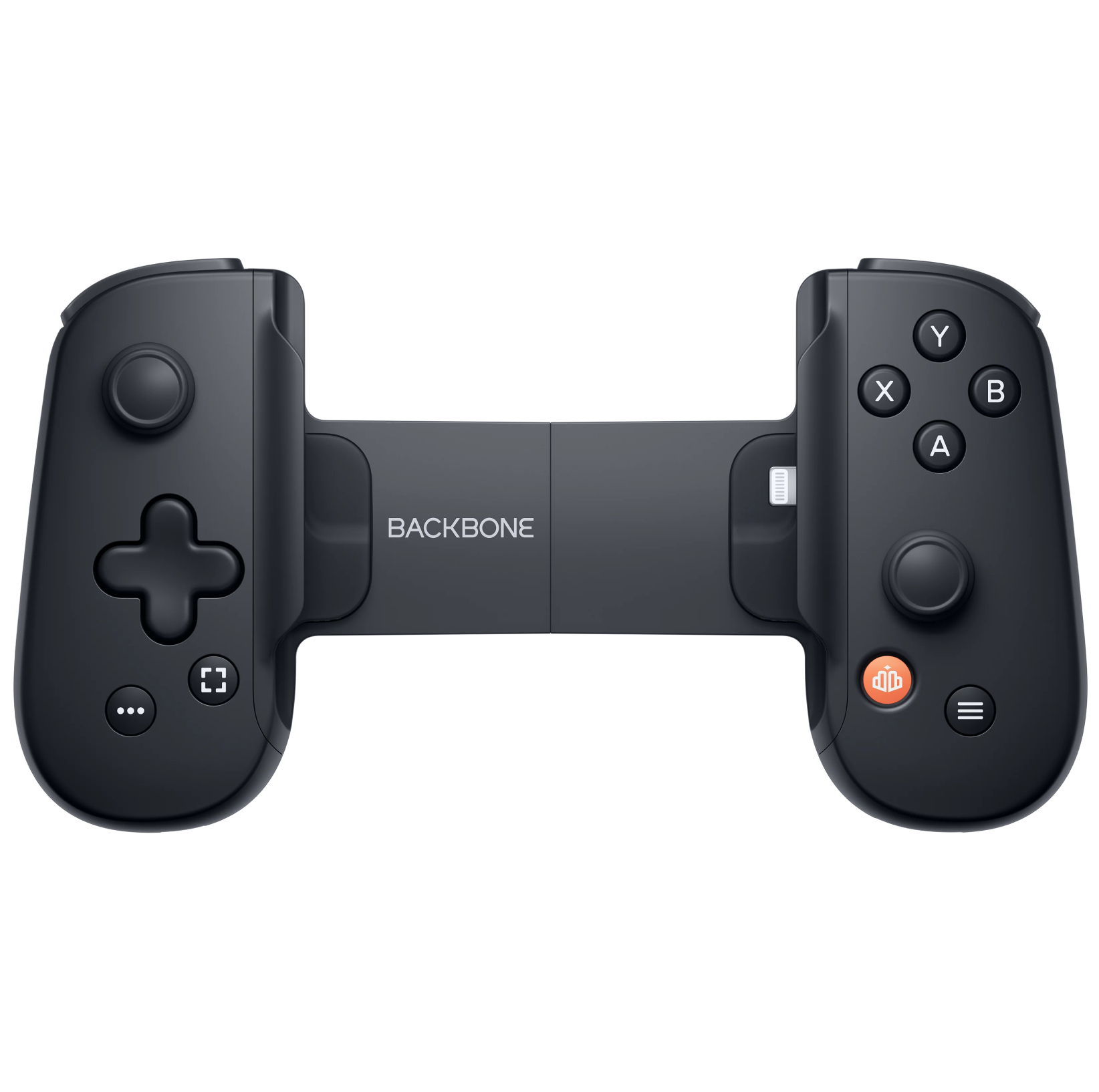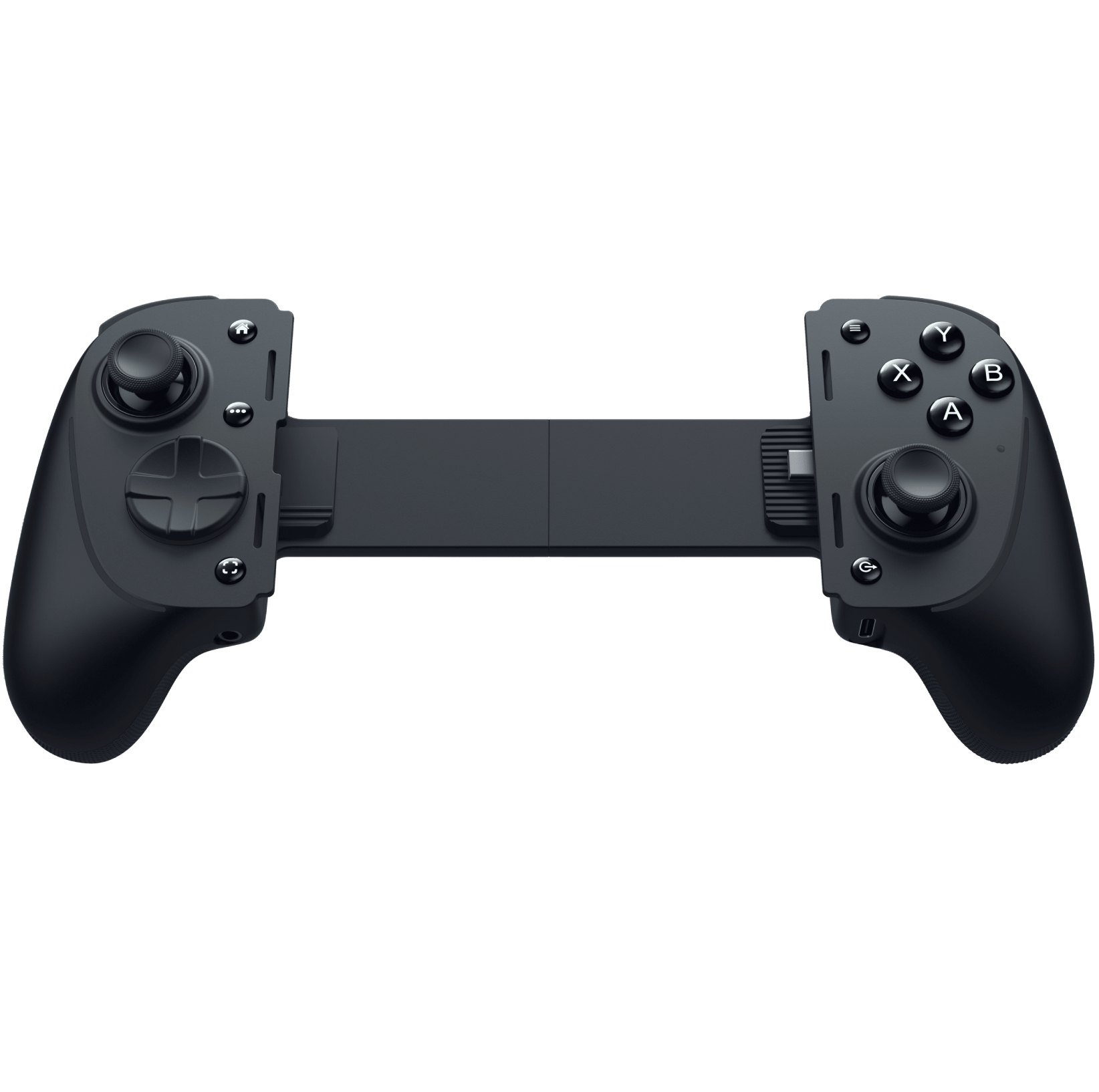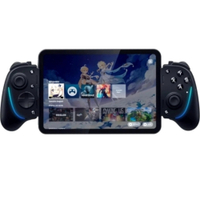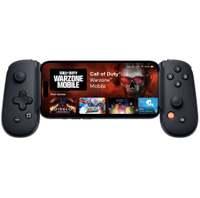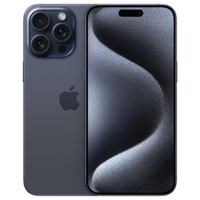Razer Kishi Ultra Controller vs Backbone One: Battle of the extendable iPhone gamepads
Two gamepads that Stretch Armstrong would be proud of to battle.
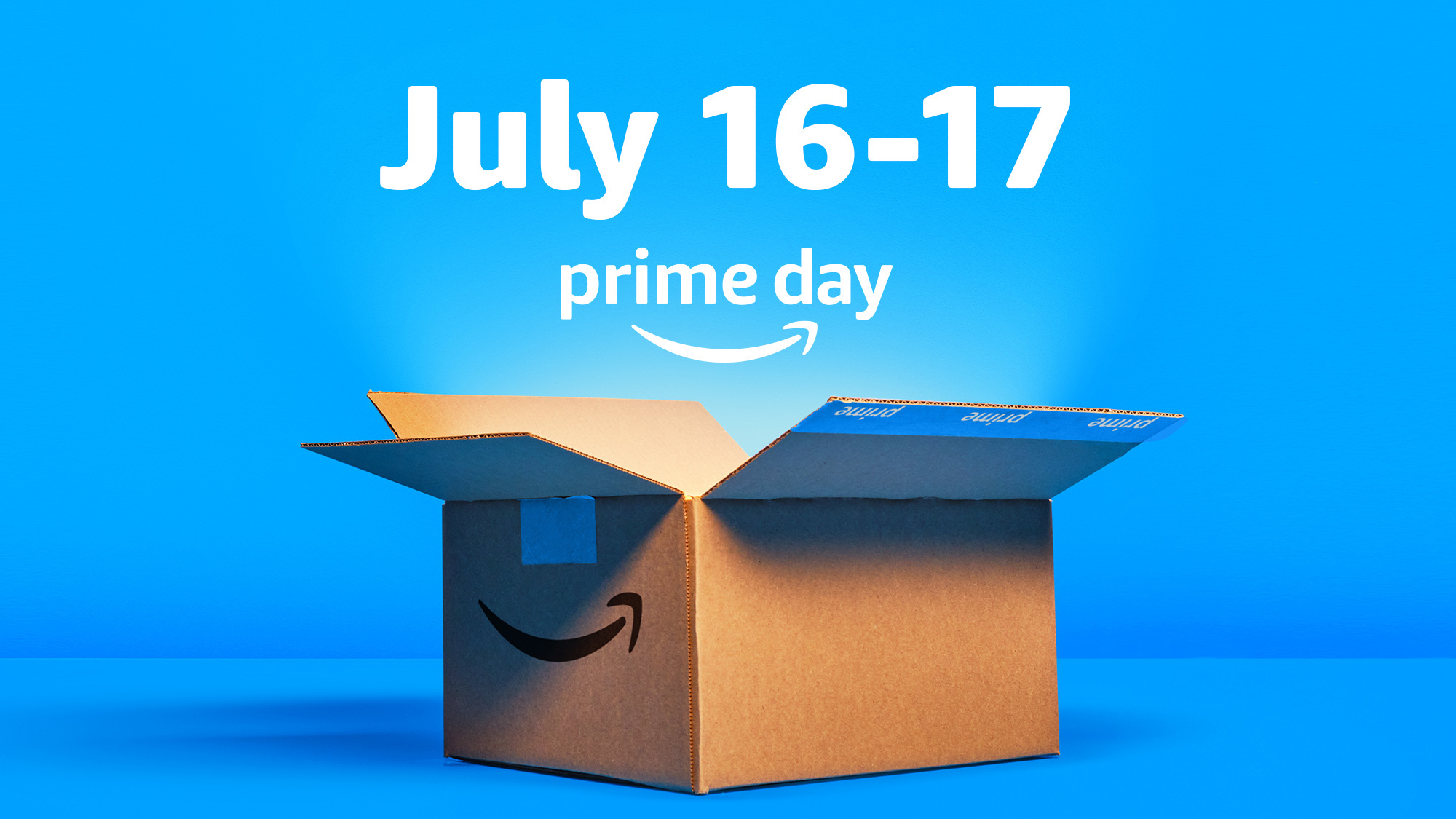
Want to see the best deals before the sale? Here's all our Prime Day content:
- Prime Day Apple deals
- Prime Day iPhone deals
- Prime Day Mac deals
- Prime Day Apple Watch deals
- Prime Day AirPods deals
- Prime Day HomeKit deals
Gaming on the iPhone has never been better. Not only can users download retro-gaming emulators that allow them to play games from systems such as Sony PlayStation and Nintendo Game Boy, but console-quality games have also begun to arrive on the iPhone such as Death Stranding. This is why a gaming controller is essential if you want to play all of these games.
iPhone gamepads have come a long way since the first one debuted in 2013 for iPhone 5s. Logitech’s Powershell, for example, was as bulky as SEGA’s Game Gear handheld from the mid-90s, complete with a terrible DPAD. Fast forward to 2024 and we’ve got a bunch of controllers we can use with our iPhones — both wired and wireless via Bluetooth.
Out of them all, two stand out. The first is the Backbone One USB-C controller, which is a cross between a Nintendo Switch Joy-Con and an Xbox controller. The second is Razer’s Kishi Ultra. This features Razer RGB Chroma, the company’s customizable lighting effects that feature on the controller, and an extra USB-C port so you can use it with your Mac. The Kishi Ultra can also extend to fit between an iPad mini, meaning you can play your games on the tablet’s 8.3-inch display with the controller whenever you want.
With this in mind, we’ve put them head-to-head to see which one wins out on top.
Backbone One vs. Razer Kishi Ultra: Specifications
The differences between the two controllers are small but significant. Here's a quick look at the disparities.
| Specs | Backbone One | Razer Kishi Ultra |
| Dimensions | Height: 93.9 mm Width (Contracted): 176.2 mm Width (Extended): 257.6 mm Depth: 32.6 mm | Length: 110.8 mm / 4.36 in Width: Collapsed: 244.8 mm / 9.63 in Expanded: 334.8 mm / 13.18 in Height: 64.3 mm / 2.53 in Length: 210 mm / 8.3 in Thickness: 13.5 mm |
| Weight | 4.87 ounces | 9.38 ounces |
| Price | $99 | $149 |
| Compatibility | Android and iPhones with USB-C | iPhones with USB-C and iPad mini 6 |
| Apps | Requires $49.99 yearly fee to use | Free to use |
Backbone One vs. Razer Kishi Ultra: Design
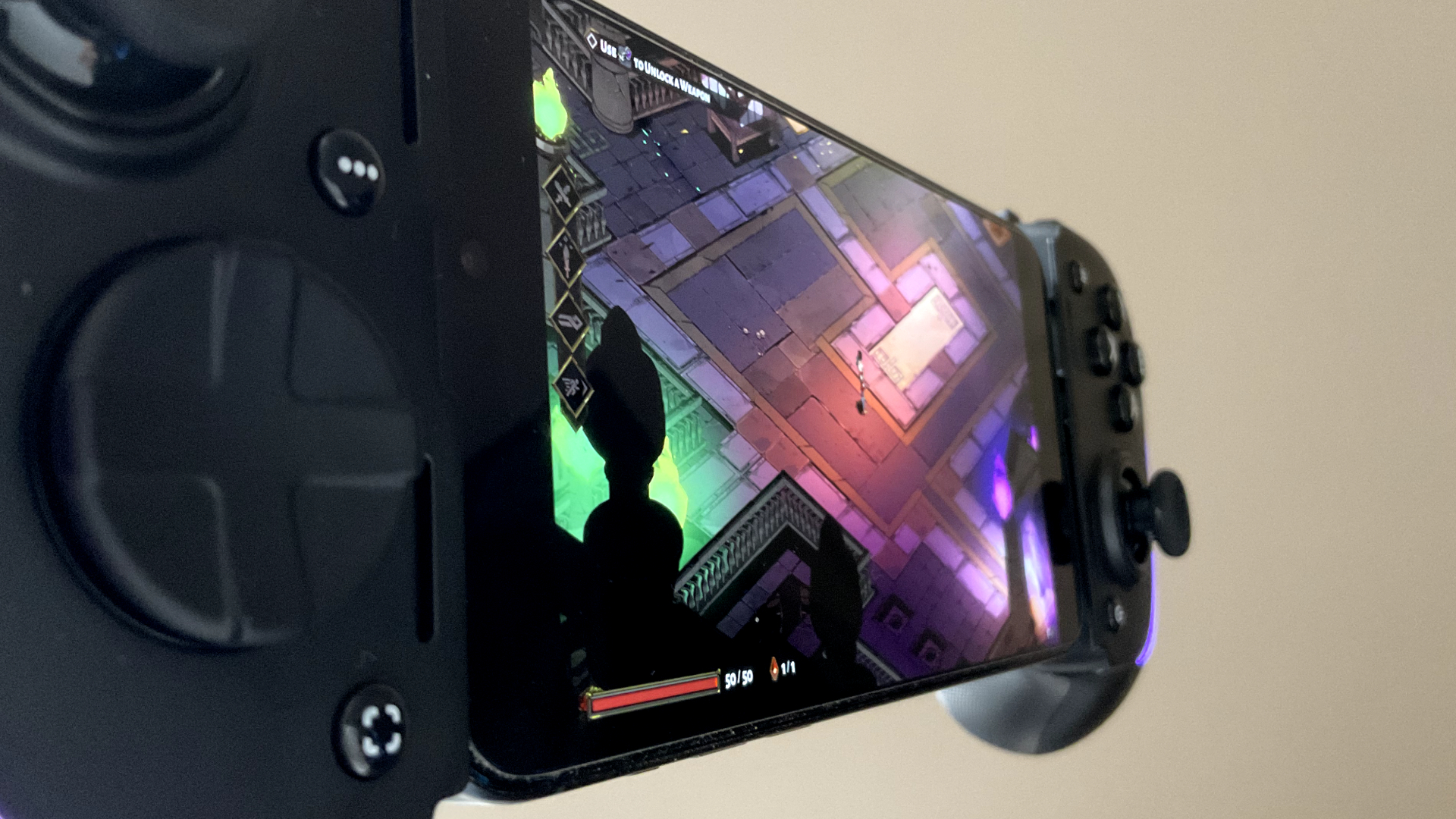
Backbone and Razer’s controllers both follow a similar design in that they both slide out to accommodate the different sizes of iPhone models currently available. One big difference, however, is that Razer’s Kishi Ultra is wide enough to fit an iPad mini, meaning you’ll be able to play your Apple Arcade games, emulator apps, and more on the tablet’s 8.3-inch display.
Both controllers feature buttons that reflect the controllers that the Microsoft Xbox and Sony PlayStation consoles offer. Backbone One uses the same button layout as a PlayStation controller, while the Razer Kishi Ultra uses an Xbox layout.
There are also capture buttons that can record screenshots and movies of games you’ll be playing with these controllers, meaning you can share the captured media with social networks and friends on the messaging apps you use on your iPhone.
One other similar feature of the two is the headphone jack. This is a great addition if you’ve got some wired headphones lying around and you want to be completely immersed when playing a game. Crucially, it also means you can use wired headphones and charge your device at the same time.
One big difference between the two is the lack of RGB on the Backbone. This has been a big USP of Razer’s products for years, where different lights will be splashed across mice, keyboards, and more. On PC through Razer’s Chroma app, you can customize the lights to change and flicker however you want. For the Kishi Ultra, two RGB lights feature on each grip, and can be customized through the Razer Game Launcher app, explained in the ‘Apps’ section.
Backbone One vs. Razer Kishi Ultra: Feel
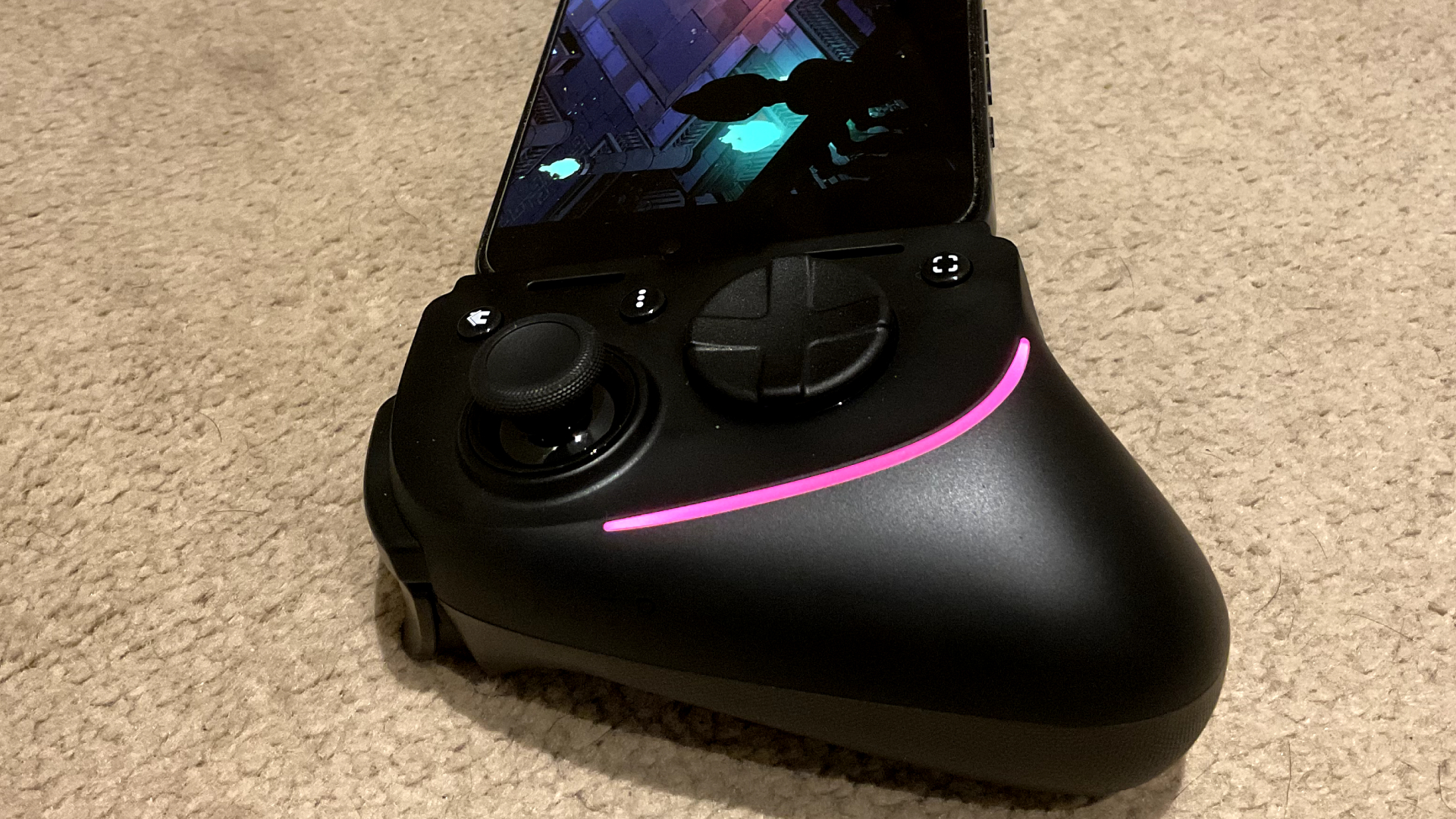
A big factor for a gamepad is how it feels when playing a game, which Razer’s Kishi Ultra delivers, thanks to its bulky design. It’s perfect for playing fighting games and certainly passes the ‘Hadouken’ move test from Ryu in Street Fighter IV CE.
All of the buttons feel clicky, with enough travel that makes every punch and kick feel so satisfying. The DPAD is also a winner, easily rivaling those found on the Xbox and PlayStation controllers. In addition, the triggers have enough depth when pressed, feeling as good as the classic Dual Shock 2 controller that came packaged with Sony’s classic console, the PlayStation 2.
Using an iPhone 15 Pro Max with Razer Kishi Ultra, it feels like I’m playing a PS Vita 2. Instead of a 5-inch OLED, I’ve got a 6.7-inch OLED display with 120Hz ProMotion.
When it comes to Backbone, the gamepad is thinner, which makes it feel more like the Joy-Cons from the Nintendo Switch. The grip of this gamepad is fine but not as good as the Razer Kishi Ultra, because it’s not thick enough, so you have to take some breaks to avoid a lot of sweating when trying to hold the Backbone. The DPAD also isn’t as good - it feels cheap compared to the Kishi Ultra, as it has a basic design, and doesn’t offer the same dexterity as the diagonal presses aren’t there on the Backbone.
Backbone One vs. Razer Kishi Ultra: Price
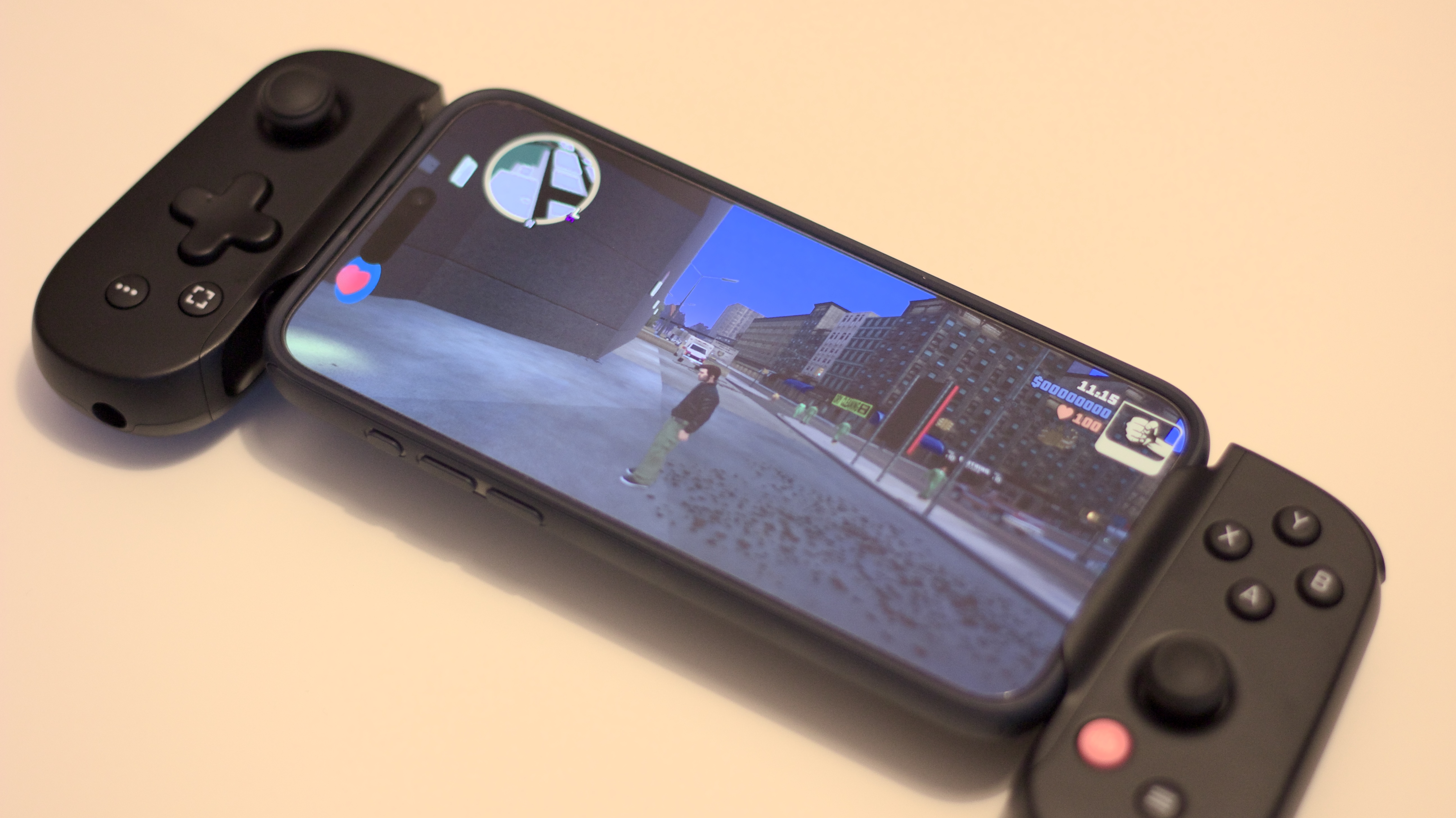
The Backbone One costs $99.99 / £99.99, while the Razer Kishi Ultra is $149.99 / £149.99, which puts both controllers at the very high end of third-party controllers for iPhone. With the Kishi Ultra costing 33% more than the Backbone, we can assume this is due to the RGB lighting on the controller, as well as the need for firmware updates and maintenance of the Razer Nexus app, which is explained below. However, if you’re someone who plays games on your phone daily, you want to have something that’s got great build quality. Both of these controllers will suffice, but if you want to bring your iPad mini along for a ride, the Razer Kishi Ultra can accommodate your tablet too.
Backbone One vs. Razer Kishi Ultra: Apps
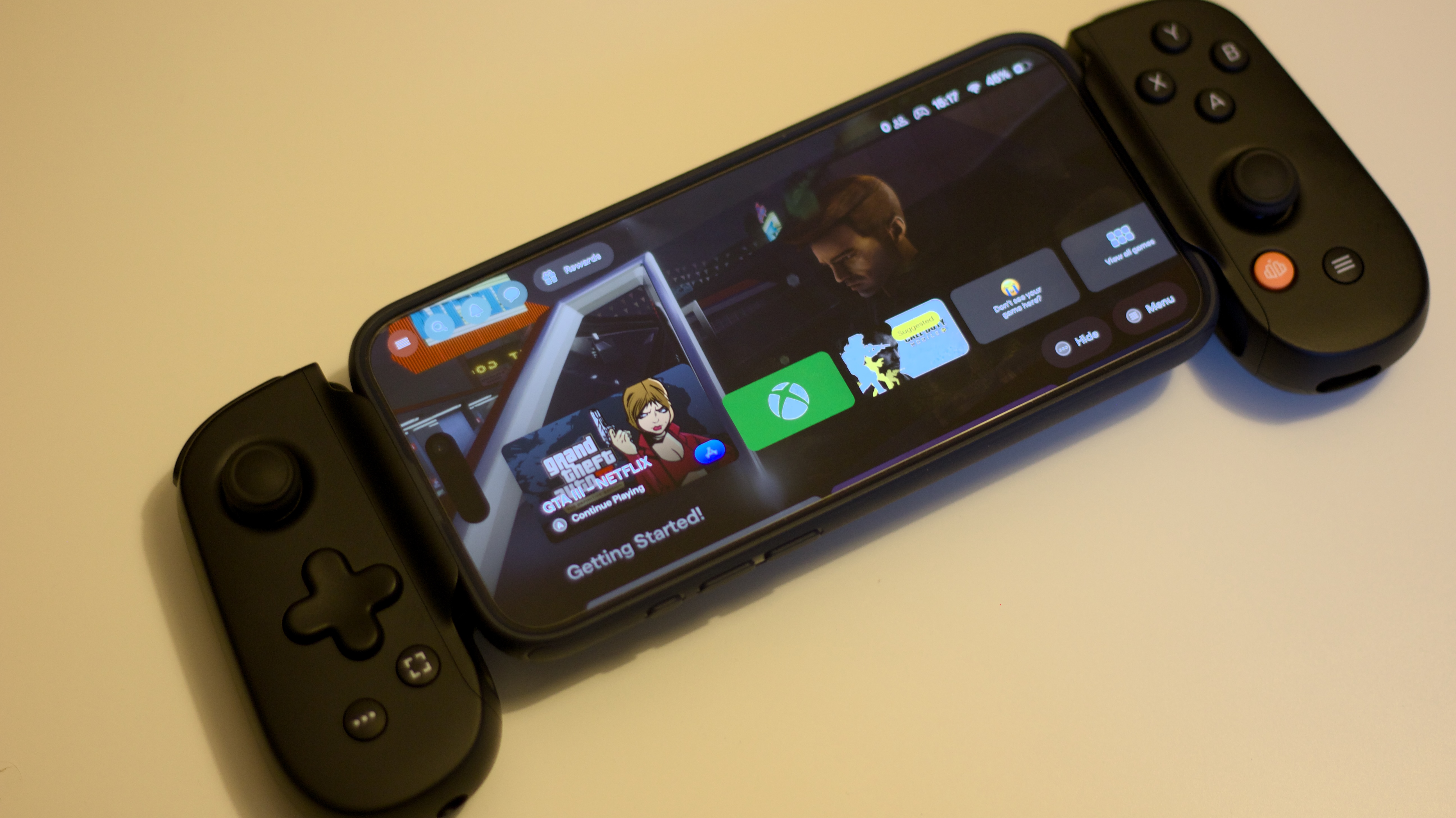
Pressing the orange button on the Backbone One launches the Backbone app. Here, you can add friends who also have a Backbone account, so you can join them in multiplayer matches. You can also capture images and videos from the games you play, and there’s also the option to share them on social networks like Instagram and X. You may think that, for $99.99 / £99.99, you’ll be able to use Backbone’s app free of charge with what it offers — but you’d be mistaken. You need to pay a $49.99 / £48.99 yearly fee to use the capture features of the controller, which is frankly ridiculous in 2024.
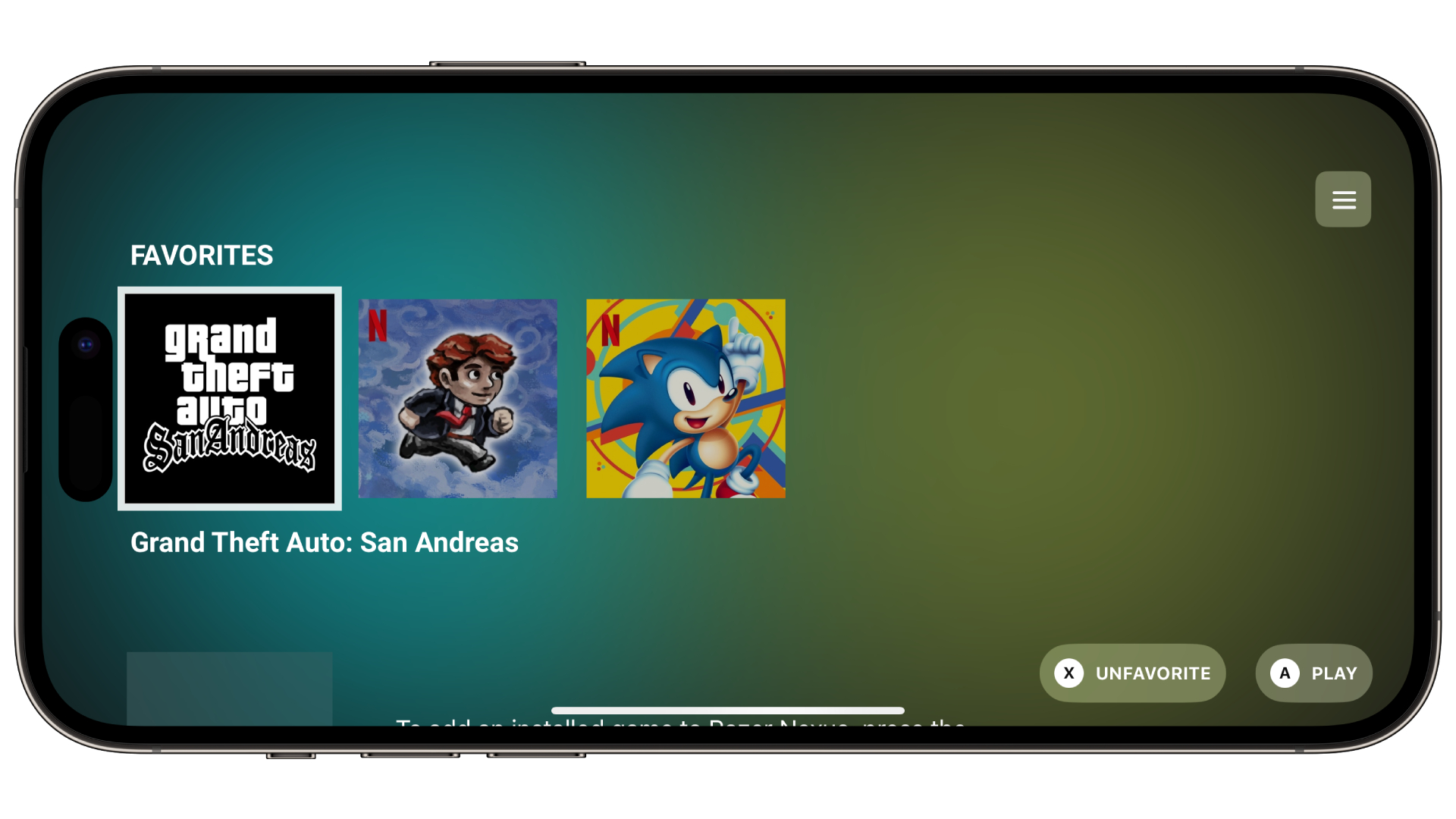
Razer Kishi Ultra similarly has an accompanying app — pressing the ‘Razer Nexus Launcher’ button below its right analog stick will launch the Razer Nexus app once you’ve installed it. You can customize the Chroma RGB with the app, as well as ‘bookmark’ certain games so you can launch them from one place in the app, instead of trying to find them on your iPhone’s Home Screen. Another benefit of using the Nexus app is the ability to remap the Kishi Ultra’s buttons for your games. This can be very useful for changing up the control method in certain games for comfort, accessibility, or because the developers’ control scheme that was decided upon simply wasn’t good.
Which one should you buy?
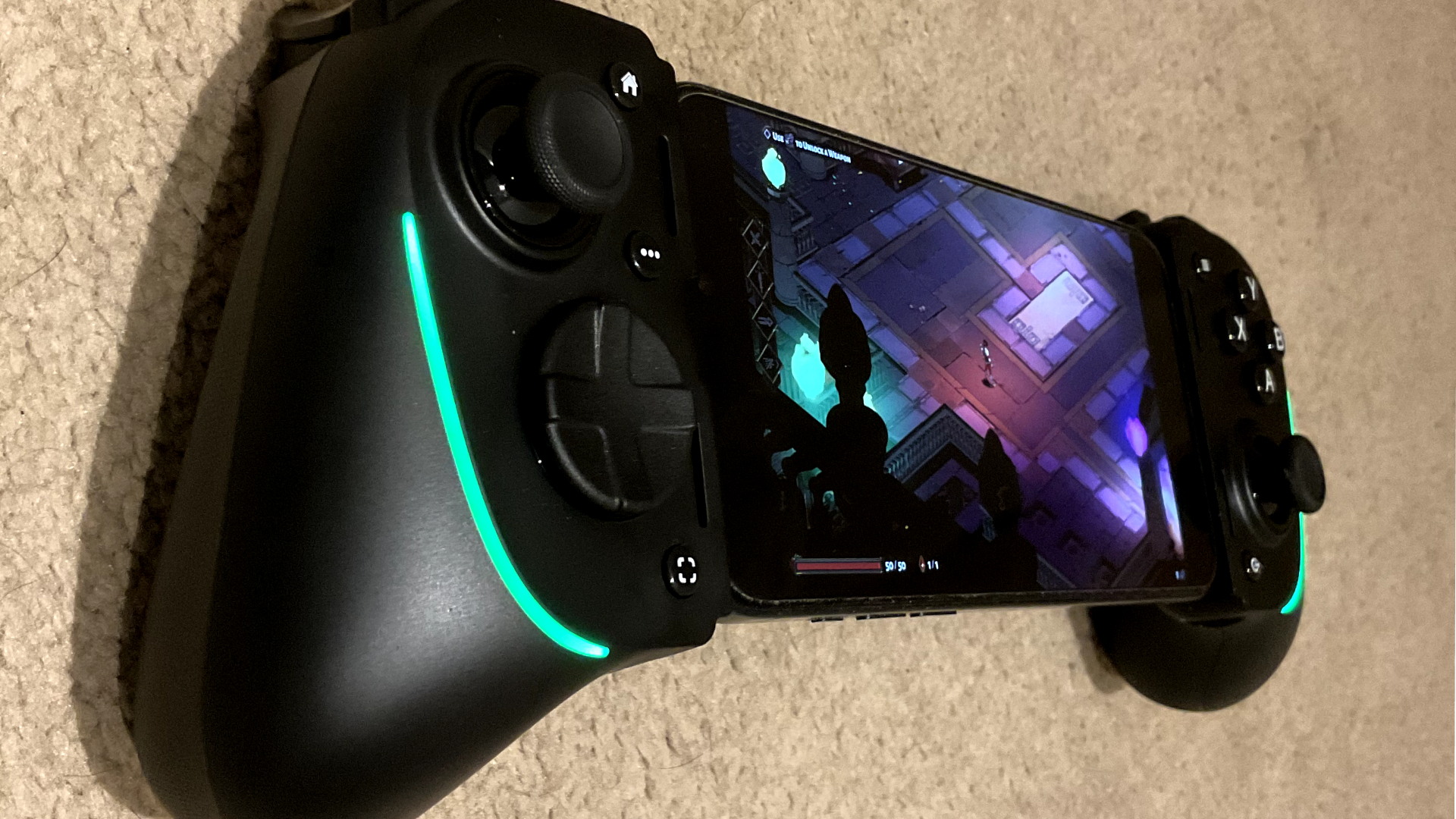
When you tally up how both gamepads perform — from the grip to the travel of buttons and triggers from the Backbone One and Razer Kishi Ultra, there’s one that wins out.
Yes, it’s the Kishi Ultra. This feels like the best of what made previous gaming controllers so good that came packed with consoles, such as the Xbox 360 and the Sony PlayStation 2.
Its DPAD is the best we’ve tried in a handheld controller, which is as good as what was offered on SEGA’s Genesis controller from way back in 1989.
Backbone One supports a lot more devices that have a USB-C port, but its $49.99 / £48.99 yearly fee to use all the features of its app, as well as a lack of RGB and customization lets it down hard.
Razer Kishi Ultra | $149 at Amazon
Razer Kishi Ultra supports all iPhone models with USB-C, as well as iPad mini. The design is reminiscent of an Xbox controller with its grip handles and button layout. There’s also an extra USB-C port to charge your phone if it’s running low after playing a bunch of games.
Backbone One | $99 at Amazon
Backbone One is a thin and sleek controller that helps to give a console-quality experience for your iPhone when playing games with the controller. This also comes with a headphone jack as well as a USB-C port so you can play games as your iPhone charges.
iPhone 15 Pro Max | $0.1 via Boost Infinite at Amazon
The iPhone 15 Pro Max can be yours if you choose the $70 per month unlimited data plan. Given you're saving so much on the device itself with this plan, it's a great way of getting Apple's best iPhone in your pocket for less — especially as you can use it with one of these gamepads.
Price check: $1,099 at Best Buy | $1,199 at Apple
Master your iPhone in minutes
iMore offers spot-on advice and guidance from our team of experts, with decades of Apple device experience to lean on. Learn more with iMore!

Daryl is iMore's Features Editor, overseeing long-form and in-depth articles and op-eds. Daryl loves using his experience as both a journalist and Apple fan to tell stories about Apple's products and its community, from the apps we use every day to the products that have been long forgotten in the Cupertino archives.
Previously Software & Downloads Writer at TechRadar, and Deputy Editor at StealthOptional, he's also written a book, 'The Making of Tomb Raider', which tells the story of the beginnings of Lara Croft and the series' early development. His second book, '50 Years of Boss Fights', came out in June 2024, and has a monthly newsletter called 'Springboard'. He's also written for many other publications including WIRED, MacFormat, Bloody Disgusting, VGC, GamesRadar, Nintendo Life, VRV Blog, The Loop Magazine, SUPER JUMP, Gizmodo, Film Stories, TopTenReviews, Miketendo64, and Daily Star.
